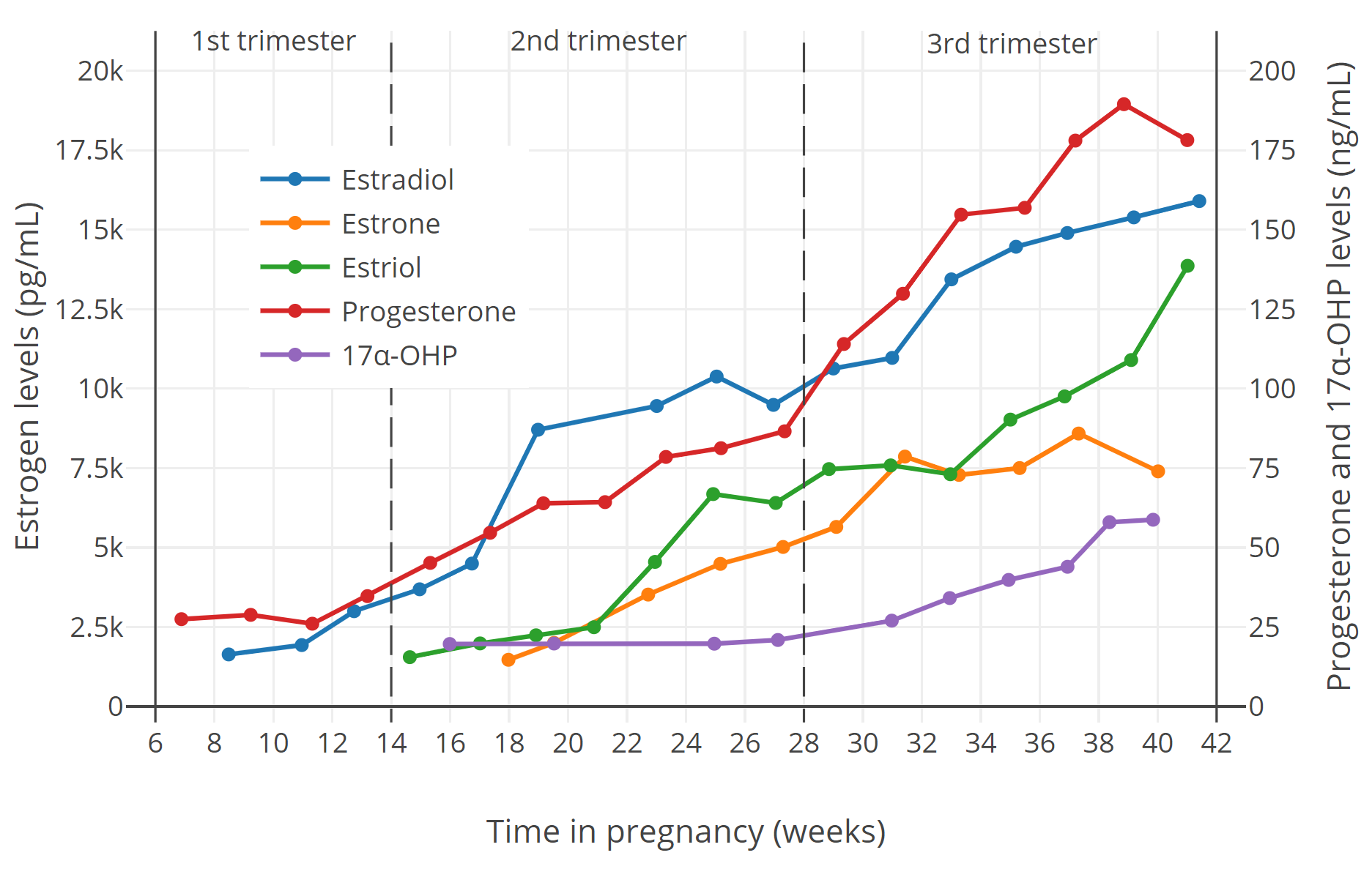
Progesterone Levels in Early Pregnancy: A Comprehensive Guide
Introduction
Progesterone, a hormone produced by the ovaries, plays a crucial role in maintaining a healthy pregnancy. Its levels undergo significant changes throughout the menstrual cycle and during pregnancy. Understanding progesterone levels in early pregnancy is essential for assessing the well-being of the pregnancy and detecting potential complications.
Physiology of Progesterone
Progesterone is primarily produced by the corpus luteum, a temporary structure that forms on the ovary after ovulation. During the luteal phase of the menstrual cycle, progesterone levels rise to prepare the uterus for implantation of a fertilized egg. If pregnancy occurs, the placenta takes over progesterone production, maintaining high levels throughout gestation.
Role of Progesterone in Early Pregnancy
Progesterone has several vital functions in early pregnancy:
- Uterine Relaxation: Progesterone relaxes the uterine muscles, preventing premature contractions and maintaining a favorable environment for fetal growth.
- Cervical Mucus: It thickens cervical mucus, creating a barrier against infection and preventing sperm from entering the uterus.
- Breast Development: Progesterone stimulates breast development and prepares them for milk production.
- Immune Modulation: It modulates the immune system, suppressing maternal immune responses that could harm the developing fetus.
Progesterone Levels in Early Pregnancy
Progesterone levels increase rapidly after ovulation and reach their peak around 8-10 weeks of pregnancy. The normal range of progesterone levels in early pregnancy varies slightly depending on the laboratory used for testing. However, general guidelines are as follows:
- 4-6 weeks: 10-25 ng/mL
- 6-8 weeks: 15-40 ng/mL
- 8-10 weeks: 25-80 ng/mL
Monitoring Progesterone Levels
Progesterone levels are typically measured through blood tests. Serial progesterone measurements may be recommended in certain situations, such as:
- Assisted Reproductive Technology (ART): Monitoring progesterone levels is crucial for successful ART procedures, such as in vitro fertilization (IVF).
- Threatened Miscarriage: Low progesterone levels may be associated with an increased risk of miscarriage.
- Multiple Pregnancy: Higher progesterone levels are typically seen in multiple pregnancies, such as twins or triplets.
Interpretation of Progesterone Levels
Abnormal progesterone levels in early pregnancy can indicate potential complications:
- Low Progesterone Levels: Low progesterone levels may be associated with luteal phase defect, corpus luteum insufficiency, or threatened miscarriage.
- High Progesterone Levels: High progesterone levels may be seen in molar pregnancies or certain types of ovarian tumors.
Management of Abnormal Progesterone Levels
Treatment for abnormal progesterone levels depends on the underlying cause and may include:
- Progesterone Supplementation: Progesterone supplements may be prescribed to support luteal phase function and prevent miscarriage.
- Monitoring and Observation: In some cases, close monitoring and observation may be sufficient if progesterone levels are borderline.
- Further Investigation: If the cause of abnormal progesterone levels is unclear, further investigation may be necessary, such as ultrasound or genetic testing.
Conclusion
Progesterone levels play a critical role in maintaining a healthy early pregnancy. Understanding the normal range and monitoring progesterone levels can help healthcare providers assess the well-being of the pregnancy and detect potential complications. Early intervention and appropriate management of abnormal progesterone levels can improve pregnancy outcomes and ensure the health of both the mother and the developing fetus.